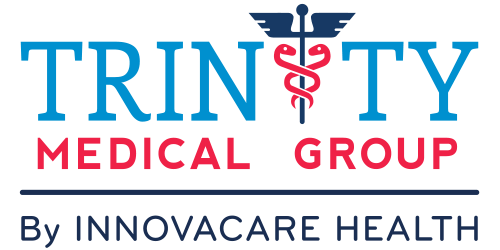There has been longstanding confusion surrounding the distinction between internal medicine and family medicine. Their similarities often outweigh their differences, thereby making it difficult to differentiate. However, there are key dissimilarities between the two practices that are important to note.
Internal Medicine
This form of medical practice began in the late 1800s, growing from the increased application of scientific knowledge on the practice of medicine. Doctors practicing internal medicine are generally called internists and specialize primarily in the prevention, diagnosis, and treatment of complex adult illnesses and diseases (such as endocrinology, rheumatology, infectious diseases, and more). Their specialized medical knowledge is in-depth and comprehensive, most often requiring extended training.
Family Medicine
The practice of family medicine formed out of the general practitioner movement in the late 1960s, in an attempt to respond to the growing specialization in the medical field that threatened doctor-patient relationship. Family medicine doctors are the most widely skilled doctors, as they are trained to provide primary, comprehensive care to patients of all ages with ranging conditions, illnesses, chronic diseases, etc. They receive training in internal medicine and other specialties such as pediatrics, obstetrics, gynecology, surgery, psychiatry, and geriatric (a few of which internists are rarely trained in).
Differentiation
While both internal and family medicine providers mostly treat adults, internal medicine providers solely treat adults. Family medicine is designed to treat a much broader range of ages and specialties. Additionally, family medicine is built around a social entity (the family) rather than a specific population age (children, adults, etc.), organ system, or nature of an intervention (i.e., surgery); which makes their education of the entire spectrum of medical issues necessary.
It is true that family doctors tend to primarily treat adults as well (the percentages being 10-15% children and 85-90% adults), but they are especially important in areas and communities that do not have specialized doctors nearby. The depth of training in adult medical issues may be less than in internal medicine, but the emphasis on outpatient medicine, continuity of care, health maintenance, and disease prevention allows family physicians to function as primary care providers for adults as part of a family unit depending on individual medical need.
Overall, both medical practices entail a unique skill set that require general and specialized training. However, one can not replace the other, as they are each relevant for different purposes and results, responding to the needs of different kinds of patients.
For a more specialized explanation of either practice, please don’t hesitate to contact us.

 Call Lakeland
Call Lakeland
